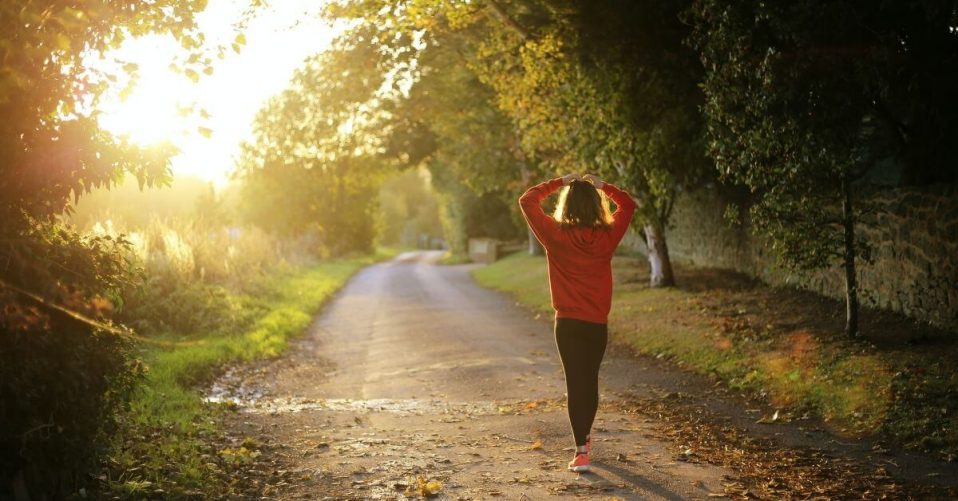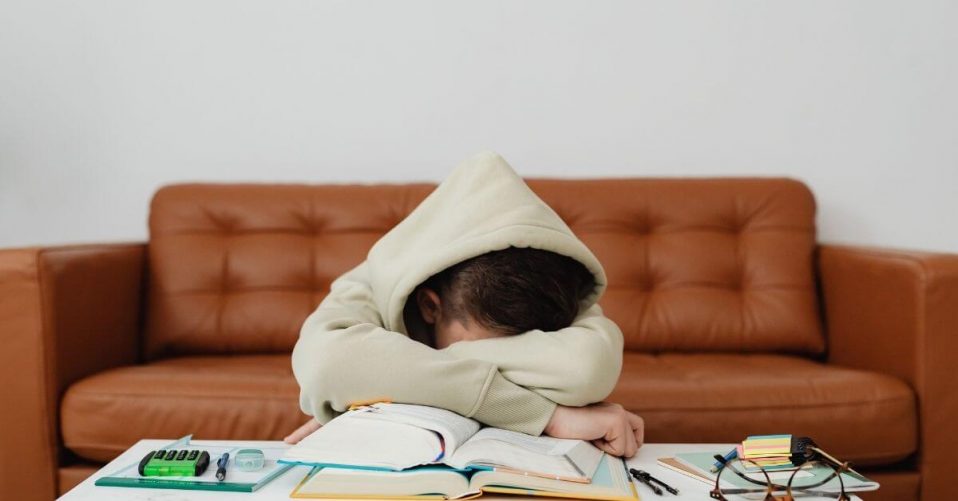Our annual Sock it to Stigma! campaign seeks to raise awareness about the stigma associated with mental health and the damage that stigma can cause by getting schools to talk about it.
Mental health can often feel like a daunting topic to tackle with school children, but it’s integral that they learn about it now to reduce stigma in the future. Here are 4 ways to start a conversation about mental health and stigma in your classroom.
Mental health classroom activities
Our #SockItToStigma activity pack can be a fun starting point to open up opportunities to speak about mental health, breaking the stigma around this serious subject.
This pack includes:
- Sock It To Stigma Fortune Teller – encourages children to take actions that can teach them about mental health and make them more mindful of others
- Sock It To Stigma Happy Cube – helps children to think about things that make them happy when they feel low
- Sock It To Stigma Word Search – teaches children important words related to mental health so they become familiar rather than scary or taboo
- Sock It To Sigma Feeling Cards – children can create cards to more easily demonstrate and communicate how they are feeling without fear of judgement or misinterpretation
Our activity pack also includes fabulous creative exercises that you can share on social media to show that your school will #SockItToStigma and encourage open conversations about mental health.
Start a conversation about mental health
One of the simplest ways to make sure mental health is talked about in your classroom is to start the conversation yourself.
By starting conversations with children about mental health, you can help to increase their awareness, reduce stigma and fear of judgement, and increase the likelihood that they’ll seek treatment when needed sooner rather than later.
Some great icebreakers include:
“Tell me about a time when you were happy/sad/stressed…”
“How well do you feel on a scale of 1-10?”
Adults can often feel uncomfortable talking to children about mental health or fear saying something “wrong”, so here are our top tips for talking to children about mental health.
Mental Health Animations & Videos
What child doesn’t love watching videos at school? They can be a great tool to communicate basic mental health information to children before starting a conversation or mental health activity.
The Anna Freud National Centre for Children and Families has created some great video resources to help children learn about mental health, including:
Read about mental health
Books can be a great way to get children thinking and talking about mental health in a more comfortable classroom environment.
By using literature, the questions and conversations around mental health can be focused on the characters in the books – taking pressure off shy and nervous children who may not wish to discuss their own mental health with others in the classroom.
Mental health books can also help children to develop an understanding of feelings and mental health conditions that they have never experienced themselves, which in turn can improve their empathy and reduce stigma around mental health in the future.
Trigger Publishing have a wide range of children’s mental health books from fun illustrated short tales designed for primary school children to longer features better suited for older children.
Of course, teachers cannot do any of this without the proper training. Our #Headucation campaign aims to train all UK teachers in the basics of mental health support which will allow them to comfortably provide children with the support they need.
All funds raised during #SockItToStigma will go straight into our #Headucation fund. Right now, schools have to pay for mental health training themselves since it isn’t considered “mandatory” by the government – we want to provide as many fully-funded training sessions as possible.
Help us raise money by donating, buying a product from our store or signing up for one of our training courses.














